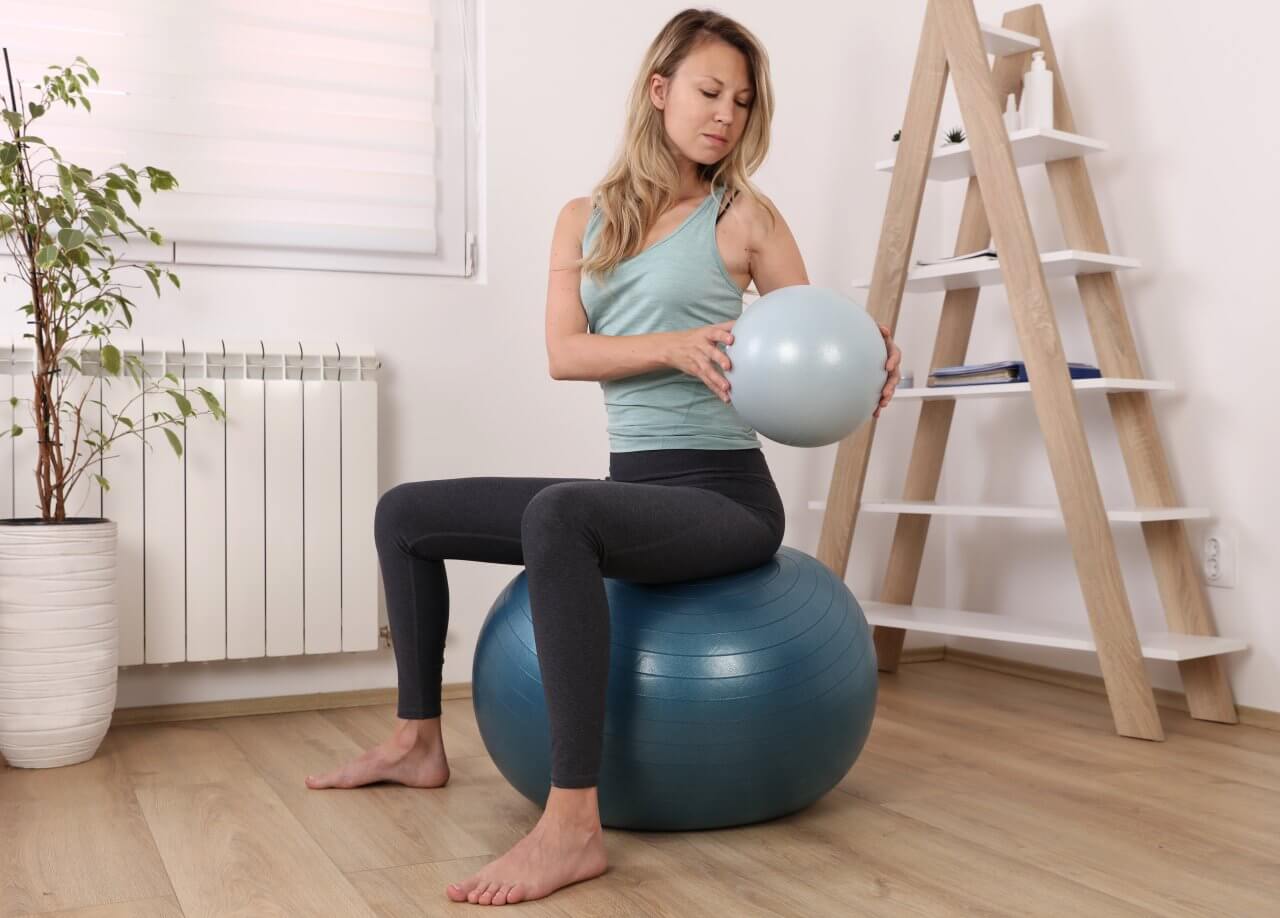What Is Diastasis Recti?

Clinically reviewed by Leslie Cook, APRN, WHNP-BC.
Diastasis recti is the technical term for a separation between the left and right rectus abdominis muscles that allows the belly to bulge or stick out. It’s common in pregnancy and can persist for months or years after giving birth.
What Causes Diastasis Recti?
The rectus abdominis muscles are visible when someone has “six-pack abs.” A band of tissue called the linea alba divides the paired muscles into left and right sides. In pregnancy, the uterus expands, stretching and thinning the linea alba. The tissue is then forced outward.
After delivery, the linea alba can return to its original shape, bringing the abdominal muscles back together. Sometimes, this doesn’t occur, or the gap is only partially closed. This can cause a person to appear pregnant long after they no longer are.
Diastasis recti can cause other symptoms, as well. They include:
- Constipation
- Lower back pain
- Urine leakage
- Pelvic or hip pain
- Bloating
- Trouble lifting objects or moving in specific ways
- Pain during sex
- Poor posture
- Jelly-like texture between the abdominal muscles
- Trouble breathing normally
What Are the Risk Factors for Diastasis Recti?
Your risk of experiencing diastasis recti increases if you:
- Have multiple pregnancies, especially with little time between them
- Are petite
- Have been pregnant with multiples like twins or triplets
- Are 35 or older
- Have given birth to a large baby
- Have had vaginal deliveries
How Is Diastasis Recti Diagnosed?
Your doctor can determine if you have diastasis recti by assessing your abdominal muscle tone and feeling for gaps. They may also perform an ultrasound and use a measuring tape or calipers to measure the amount of separation between the muscles. Often, the degree of separation is referred to in finger widths, such as a “three fingers’ separation.”
You can also evaluate yourself for the condition. You do that by lying on your back with your knees bent and feet flat on the floor. Then, lift your shoulders slightly off the floor, supporting your head gently with one hand. Put your other palm just above your belly button with your fingers toward your toes. Feel for the gap between your abs and note home many fingers wide it is.
Can Diastasis Recti Be Corrected?
You might choose to simply live with a certain amount of separation between your abdominals. But if you decide to take action, there are several ways to address diastasis recti.
The first is to avoid lifting anything heavier than your baby and other movements that can strain your abdominal area. For example, you should roll onto your side to get out of bed rather than sit up.
You should also talk with a physical therapist or fitness instructor who’s familiar with diastasis recti. They’ll have you do specific exercises to strengthen your deep abdominals.
Caution: Contrary to what you might think, many common exercises and activities can worsen the diastasis recti. This includes sit-ups, crunches, push-ups, leg lifts, swimming, and specific yoga poses.
In some instances, exercises don’t fully correct diastasis recti. Or, you might experience a hernia, which is when the linea alba tears and your internal organs poke out of the opening. In those cases, so-called “tummy tuck” surgery can be performed. Less-invasive laparoscopic surgery may also be possible.
Diastasis Recti in Babies and Men
Pregnant people aren’t the only ones who can develop diastasis recti. Some babies are born with the condition, which tends to go away on its own.
Men can also experience diastasis recti. Typically, they develop it from doing sit-ups or weightlifting with incorrect form. Yo-yo dieting also increases the risk of developing diastasis recti.
Talk with Your Doctor About Diastasis Recti
Diastasis recti is normal and may resolve on its own. If it doesn’t, and you want to take steps to address it, talk with a Baptist Health women’s services provider.
Next Steps and Useful Resources
The Pelvic Floor After Childbirth
What Is Pelvic Floor Therapy?
How to Tell If You Have a Pulled Abdominal Muscle or Hernia



